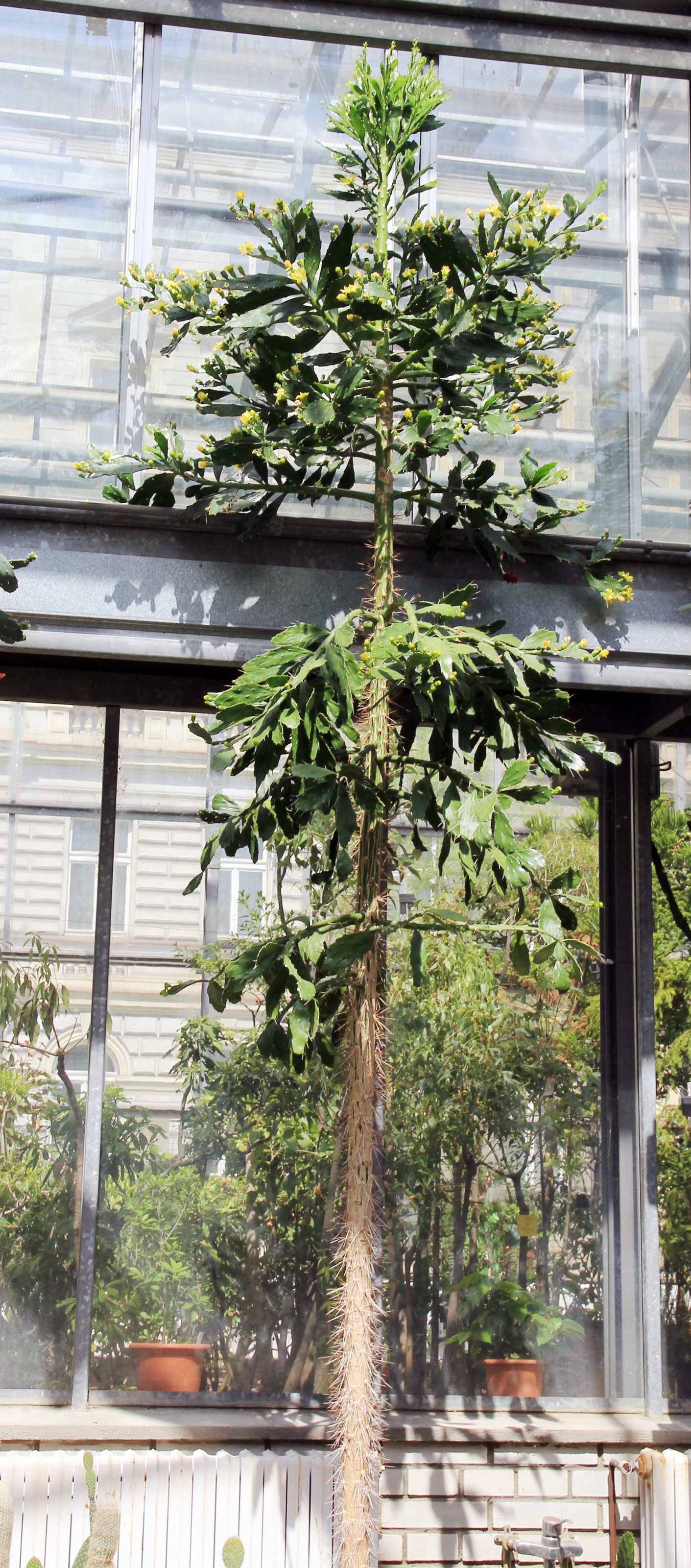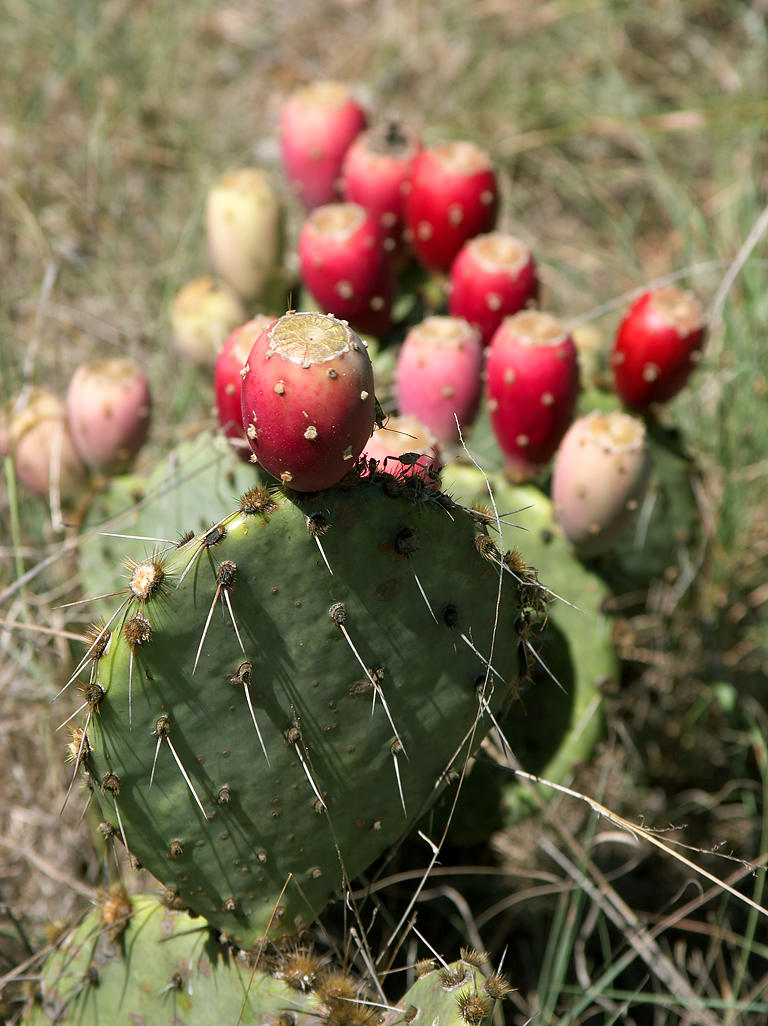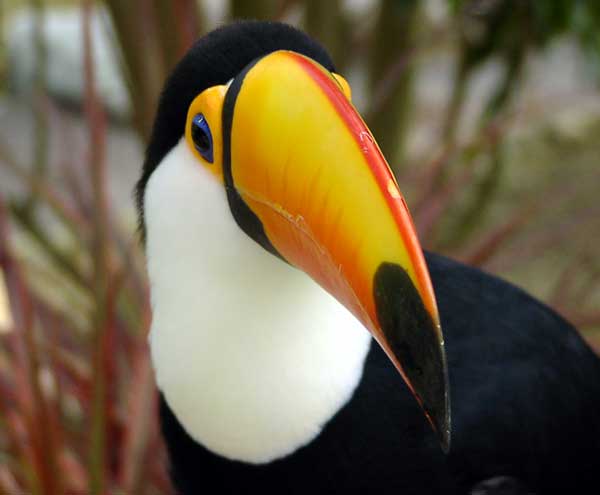|
Brasiliopuntia
''Brasiliopuntia'' is a genus in the cactus family, Cactaceae. It contains only one species, ''Brasiliopuntia brasiliensis''. Description ''Brasiliopuntia brasiliensis'' shows thin, upright, tree-like, slightly shrunken cladodes on a central, cylindrical trunk reaches a height of 20 meters (or more); the tallest member of the Opuntia subfamily. The intermediate segments are cylindrical and 20 to 100 centimeters long. The leaves are bright green. The light to dark green end segments are rhomboid to ovoid, of unequal shape, narrow at the base and produce leaf-like shoots or flax sprouts. The fleshy, light green leaves are small and soon fall off. The areoles have white hairs and later develop glochids. Its white areoles bear one or two small brown upright spines. The 1 to 3 spines, which may also be missing, are thin, reddish and up to 15 millimeters long. Its light brown flowers appear only on adult plants. The yellow flowers appear near the tip or terminally on the thin-fleshe ... [...More Info...] [...Related Items...] OR: [Wikipedia] [Google] [Baidu] |
Opuntioideae
Opuntioideae is a subfamily of the cactus family, Cactaceae. It contains 15 genera divided into five tribes. The subfamily encompasses roughly 220–250 species, and is geographically distributed throughout the New World from Canada, to Argentina. Members of this subfamily have diverse habits, including small ..., including small geophytes, hemispherical cushions, shrub">geophytes">..., including small geophytes, hemispherical cushions, shrubs, trees, and columnar cacti consisting of indeterminate branches or determinate terete or spherical segments. Description Synapomorphies of Opuntioideae include small deciduous, barbed spines called glochids born on areoles and a bony aril surrounding a campylotropous ovule (inverted and curved, such that the micropyle almost meets the funiculus). Other prominent morphological characters for this subfamily are presence of cylindrical, caducous leaves that tend to be shed by maturity and the sectioning of the stem into joints or pads known ... [...More Info...] [...Related Items...] OR: [Wikipedia] [Google] [Baidu] |
Opuntia
''Opuntia'', commonly called the prickly pear cactus, is a genus of flowering plants in the cactus family Cactaceae, many known for their flavorful fruit and showy flowers. Cacti are native to the Americas, and are well adapted to arid climates; however, they are still vulnerable to alterations in precipitation and temperature driven by climate change. The plant has been introduced to parts of Australia, southern Europe, the Middle East, and northern Africa. ''Prickly pear'' alone is more commonly used to refer exclusively to the fruit, but may also be used for the plant itself; in addition, other names given to the plant and its specific parts include ''tuna'' (fruit), ''sabra'', ''sabbar'', '' nopal'' (pads, plural ''nopales'') from the Nahuatl word , nostle (fruit) from the Nahuatl word , and paddle cactus. The genus is named for the Ancient Greek city of Opus. The fruit and leaves are edible. The most common culinary species is the "Barbary fig" ('' Opuntia ficus-indica ... [...More Info...] [...Related Items...] OR: [Wikipedia] [Google] [Baidu] |
Nathaniel Lord Britton
Nathaniel Lord Britton (1859 – 1934) was an American botanist and taxonomist who co-founded the New York Botanical Garden in the Bronx, New York (state), New York. Early life Britton was born on the 15 of January 1859 at New Dorp, Staten Island, New Dorp, Staten Island, New York, Richmond County, New York (state) to Jasper Alexander Hamilton Britton and Harriet Lord Turner. His parents wanted him to study religion, but he was attracted to nature study at an early age. He was a graduate of the School of Engineering and Applied Science (Columbia University), Columbia University School of Mines and afterwards taught geology and botany at Columbia University. He joined the Torrey Botanical Society, Torrey Botanical Club soon after graduation and was a member his entire life. Britton was an elected member of the United States National Academy of Sciences, the American Academy of Arts and Sciences, and the American Philosophical Society. He married Elizabeth Gertrude Britton, Elizabet ... [...More Info...] [...Related Items...] OR: [Wikipedia] [Google] [Baidu] |
Monotypic Cactaceae Genera
In biology, a monotypic taxon is a taxonomic group (taxon) that contains only one immediately subordinate taxon. A monotypic species is one that does not include subspecies or smaller, infraspecific taxa. In the case of genera, the term "unispecific" or "monospecific" is sometimes preferred. In botanical nomenclature, a monotypic genus is a genus in the special case where a genus and a single species are simultaneously described. Theoretical implications Monotypic taxa present several important theoretical challenges in biological classification. One key issue is known as "Gregg's Paradox": if a single species is the only member of multiple hierarchical levels (for example, being the only species in its genus, which is the only genus in its family), then each level needs a distinct definition to maintain logical structure. Otherwise, the different taxonomic ranks become effectively identical, which creates problems for organizing biological diversity in a hierarchical system. ... [...More Info...] [...Related Items...] OR: [Wikipedia] [Google] [Baidu] |
Flora Of Peru
Peru has some of the greatest biodiversity in the world. It belongs to the select group of mega diverse countries because of the presence of the Andes, Amazon rainforest, and the Pacific Ocean. It has the fourth-most tropical forests of any country and the ninth-most forest area. The country is ranked among the five countries with the greatest biodiversity in the world according to various studies. Natural protected areas The 1993 Constitution of Peru recognized the natural resources and ecosystems of Peru as part of its heritage. In 1999, the National System of Natural Areas Protected by the State () was established by the Peruvian government. SINANPE consists of natural areas under national administration, managed and overseen by the National Service of Natural Protected Areas by the State (SERNANP). They also created a map of protection and preservation of historical–cultural heritage and nature. Peru has 76 natural protected areas (more of 15% of the country surface ar ... [...More Info...] [...Related Items...] OR: [Wikipedia] [Google] [Baidu] |
Flora Of Bolivia
Flora (: floras or florae) is all the plant life present in a particular region or time, generally the naturally occurring ( indigenous) native plants. The corresponding term for animals is ''fauna'', and for fungi, it is '' funga''. Sometimes bacteria and fungi are also referred to as flora as in the terms '' gut flora'' or ''skin flora'' for purposes of specificity. Etymology The word "flora" comes from the Latin name of Flora, the goddess of plants, flowers, and fertility in Roman mythology. The technical term "flora" is then derived from a metonymy of this goddess at the end of the sixteenth century. It was first used in poetry to denote the natural vegetation of an area, but soon also assumed the meaning of a work cataloguing such vegetation. Moreover, "Flora" was used to refer to the flowers of an artificial garden in the seventeenth century. The distinction between vegetation (the general appearance of a community) and flora (the taxonomic composition of a community) w ... [...More Info...] [...Related Items...] OR: [Wikipedia] [Google] [Baidu] |
Flora Of Argentina
The environment of Argentina is highly biodiverse. Biodiversity Flora Subtropical plants dominate the Gran Chaco in the north, with the '' Dalbergia'' genus of trees well represented by Brazilian rosewood and the quebracho tree; also predominant are the wacho white and black algarrobo trees ('' Prosopis alba'' and ''Prosopis nigra''). Savannah-like areas exist in the drier regions nearer the Andes. Aquatic plants thrive in the wetlands of Argentina. In central Argentina the ''humid pampas'' are a true tallgrass prairie ecosystem. In Argentina forest cover is around 10% of the total land area, equivalent to 28,573,000 hectares (ha) of forest in 2020, down from 35,204,000 ha in 1990. In 2020, naturally regenerating forest covered 27,137,000 ha and planted forest covered 1,436,000 ha. Of the naturally regenerating forest 0% was reported to be primary forest (consisting of native tree species with no clearly visible indications of human activity) and around 7% o ... [...More Info...] [...Related Items...] OR: [Wikipedia] [Google] [Baidu] |
Flora Of Brazil
The wildlife of Brazil comprises all naturally occurring animals, plants, and fungus, fungi in the South American country. Home to 60% of the Amazon Rainforest, which accounts for approximately one-tenth of all species in the world, Brazil is considered to have the greatest biodiversity of any country on the planet. It has the most known species of plants (60,000), freshwater fish (3,000), Amphibian, amphibians (1,188), Snake, snakes (430), Insect, insects (90,000) and mammals (775). It also ranks third on the list of countries with the most bird species (1,971) and the third with the most reptile species (848). The number of fungal species is unknown (+3,300 species).Da Silva, M. and D.W. Minter. 1995. ''Fungi from Brazil recorded by Batista and Co-workers''. Mycological Papers 169. CABI, Wallingford, UK. 585 pp. Approximately two-thirds of all species worldwide are found in tropical areas, often coinciding with developing cou ... [...More Info...] [...Related Items...] OR: [Wikipedia] [Google] [Baidu] |
Cacti Of South America
A cactus (: cacti, cactuses, or less commonly, cactus) is a member of the plant family Cactaceae (), a family of the order Caryophyllales comprising about 127 genera with some 1,750 known species. The word ''cactus'' derives, through Latin, from the Ancient Greek word (''káktos''), a name originally used by Theophrastus for a spiny plant whose identity is now not certain. Cacti occur in a wide range of shapes and sizes. They are native to the Americas, ranging from Patagonia in the south to parts of western Canada in the north, with the exception of ''Rhipsalis baccifera'', which is also found in Africa and Sri Lanka. Cacti are adapted to live in very dry environments, including the Atacama Desert, one of the driest places on Earth. Because of this, cacti show many adaptations to conserve water. For example, almost all cacti are succulents, meaning they have thickened, fleshy parts adapted to store water. Unlike many other succulents, the stem is the only part of most cacti ... [...More Info...] [...Related Items...] OR: [Wikipedia] [Google] [Baidu] |
Carl Ludwig Willdenow
Carl Ludwig Willdenow (22 August 1765 – 10 July 1812) was a German botanist, pharmacist, and plant Taxonomy (biology), taxonomist. He is considered one of the founders of phytogeography, the study of the geographic distribution of plants. Willdenow was also a mentor of Alexander von Humboldt, one of the earliest and best known phytogeographers. He also influenced Christian Konrad Sprengel, who pioneered the study of plant pollination and floral biology. Biography Willdenow was born in Berlin and studied medicine and botany at the University of Halle. After studying pharmaceutics at Wieglieb College, Langensalza and in medicine at Halle, he returned to Berlin to work at his father's pharmacy located in the Unter den Linden. His early interest in botany was kindled by his uncle Johann Gottlieb Gleditsch, J. G. Gleditsch and he started a herbarium collection in his teenage years. In 1794, he became a member of the Berlin Academy of Sciences. He was a director of the Botanica ... [...More Info...] [...Related Items...] OR: [Wikipedia] [Google] [Baidu] |





